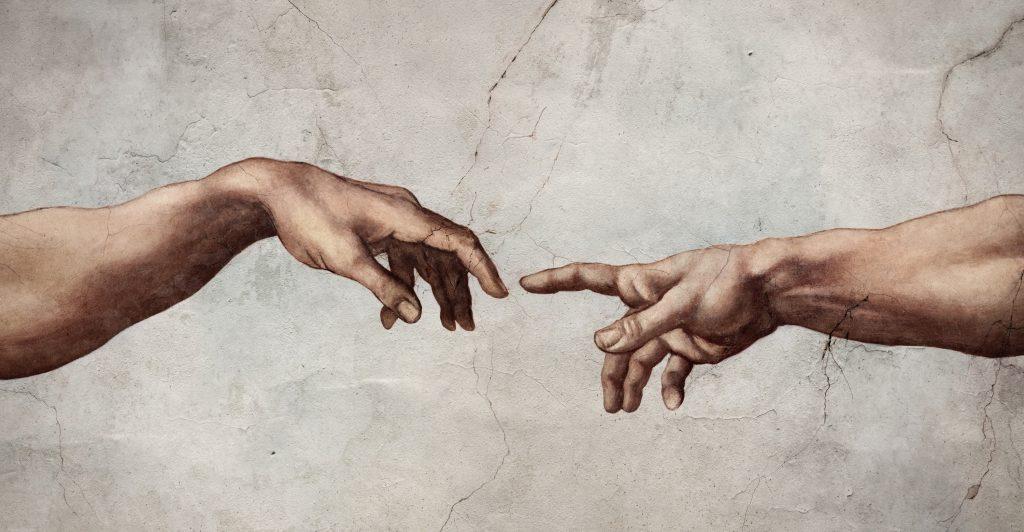Comparative Mythology
Underlying all systems of spiritual learning is the use of universal archetypes to convey meaning. Universal archetypes exist because they cannot be distorted. If we take the archetype of a tree as a representation of the unfoldment of creation, this archetype has remained true for the past 4000 years. Back to the times of Ancient Sumeria, right through to the present, a tree is used across numerous mythologies to depict this truth. So it will remain 4000 years into the future, because these archetypes which depict cosmic truths remain unchanged in the face of changing societies, personalities, politics, etc…
These archetypes are in fact a symbolic language. We must learn to read the language of universal archetypes that are repeated across different systems of spiritual learning to extract the source of learning.
The fact that they are repeated throughout time and space, throughout different systems of learning, highlights that there exists a cosmic truth that extends beyond the realm of form and delves into the mysteries of the unknown.
Here are some examples of universal archetypes depicted across different
Creation myths
The flood myth: Similar flood narratives are found in cultures around the world, such as the story of Noah's Ark in the Bible, the Epic of Gilgamesh from Mesopotamia, and the flood story from the Hindu epic, the Mahabharata.
World-tree cosmology: The concept of a world tree or cosmic tree is found in many mythologies, including Norse mythology (Yggdrasil), Hindu mythology (Kalpavriksha), and various Indigenous cultures.
Heroic Journeys
Joseph Campbell's "monomyth" theory suggests a common pattern in hero myths across cultures, with stages like the call to adventure, crossing the threshold, trials, and the return home. Examples include the stories of King Arthur, Hercules, and Luke Skywalker from Star Wars.
Divine Siblings
Many mythologies feature stories of rivalries between divine siblings, such as the Greek myths of Zeus, Poseidon, and Hades, and the Egyptian myths of Osiris, Isis, Seth, and Nephthys.
Solar Deities
Numerous cultures have deities associated with the sun, such as Ra in Egyptian mythology, Surya in Hinduism, and Apollo in Greek mythology.
Creation from Chaos
Many cultures describe the creation of the world emerging from a primordial chaos or void, as seen in the Babylonian Enuma Elish, the Greek story of Gaia and Uranus, and the Chinese myth of Pangu.
Resurrection and Rebirth
The concept of resurrection and rebirth is seen in myths like the story of Osiris in Egyptian mythology, the death and rebirth of the Phoenix in various cultures, and the resurrection of Jesus in Christianity.
The unfoldment of creation throughout mythology
If we delve into the realm of esoteric science and into the mythologies across different traditions, we find patterns depicting consistent truths.
Various traditions speak about creation coming forth from a type of chaos, empty void, or divinity itself, which in fact represents different parts to creation. When we speak about creation we often have the idea that creation comes from a single source, such as put forward in the model of the ‘big bang’, but creation is a process of unfoldment that occurs in stages. These layers of unfoldment are depicted in the stories of different traditions.
Norse mythology
In Norse cosmology, the universe is structured as a world tree known as Yggdrasil, with different realms existing within its branches. The universe emerged from the primordial void called Ginnungagap. At the centre of this cosmos lies Midgard (Earth), surrounded by realms like Asgard (home of the Aesir gods), Jotunheim (realm of the giants), and Helheim (realm of the dead).
The end of the cosmos is foreseen as Ragnarok, a final battle between gods and giants leading to the destruction and subsequent rebirth of the world.
Greek mythology
In Greek cosmology, the universe is depicted as a vast expanse divided into three main realms: the Earth (Gaia), the sky (Ouranos), and the underworld (Tartarus). The cosmos began with Chaos, a formless void, from which the primordial deities like Gaia (Earth) and Uranus (Sky) emerged. The Titans, offspring of Gaia and Uranus, eventually gave rise to the Olympian gods like Zeus, Hera, and Poseidon. The cosmos followed a cyclical pattern of creation, destruction, and rebirth.
Egyptian mythology
In ancient Egyptian cosmology, the universe is closely linked to the Nile River. Creation emerged from the primeval waters, and the cosmos was depicted as a series of layers or realms, including the sky, Earth, and the underworld. The sun god Ra played a central role in the daily cycle of birth, death, and rebirth, symbolising the eternal nature of existence.
Chinese mythology
In Chinese cosmology, the universe is often described in terms of Yin and Yang, representing opposing forces that interact to create balance and change. The universe emerges from the cosmic egg and is divided into different realms. The concept of the Five Elements (Wood, Fire, Earth, Metal, Water) is central to this cosmology, influencing various aspects of existence. The cycle of creation and destruction is tied to the balance of these elements.
Hindu mythology
In Hindu cosmology, the universe operates on a cyclical model of creation, preservation, and destruction. The cosmos is represented by the concept of "Loka," which includes various realms. Brahma, the creator god, brings about creation, Vishnu preserves the universe, and Shiva plays the role of destruction. This cycle repeats over eons, known as "Yugas." The universe is born from the cosmic ocean and is eventually absorbed back into it.
The esoteric study of the unfoldment of creation brings us to the understanding that our source of emanation is not of this world, nor even of this dimension. All the universal archetypes speak about creation coming from a type of void. This is known as the Agnostos Theos in the Gnostic tradition.
Agnostos Theos
‘Agnostos Theos’ is a Greek phrase that translates to ‘Unknown God’ in English. It refers to a concept in ancient Greek religion and philosophy, particularly in the context of Athenian culture. The phrase is famously associated with a reference made by the ancient Athenian philosopher Socrates, as recorded by the philosopher Plato in his work "Acts of the Apostles".
According to Plato's account, Socrates encountered an altar or monument in Athens dedicated to an "Unknown God." This monument was erected to honour any deity that might have been left out or overlooked by the various gods and goddesses already worshipped by the Athenians. Socrates used this concept as a starting point for discussions about the nature of the divine and the limitations of human understanding.
In a broader philosophical sense, the concept of the Agnostos Theos reflects the idea of acknowledging the limits of human knowledge when it comes to understanding the nature of God or the divine. It is related to the concept of agnosticism, which posits that the existence and nature of God or gods is ultimately unknown and perhaps unknowable.
If we take this understanding of the Agnostos Theos, we come to realise that creation is of a divine nature. Therefore, everything that exists within creation belongs to the divine and must return back to the divine.

